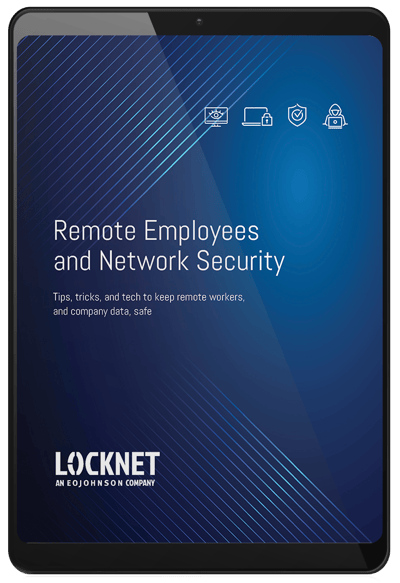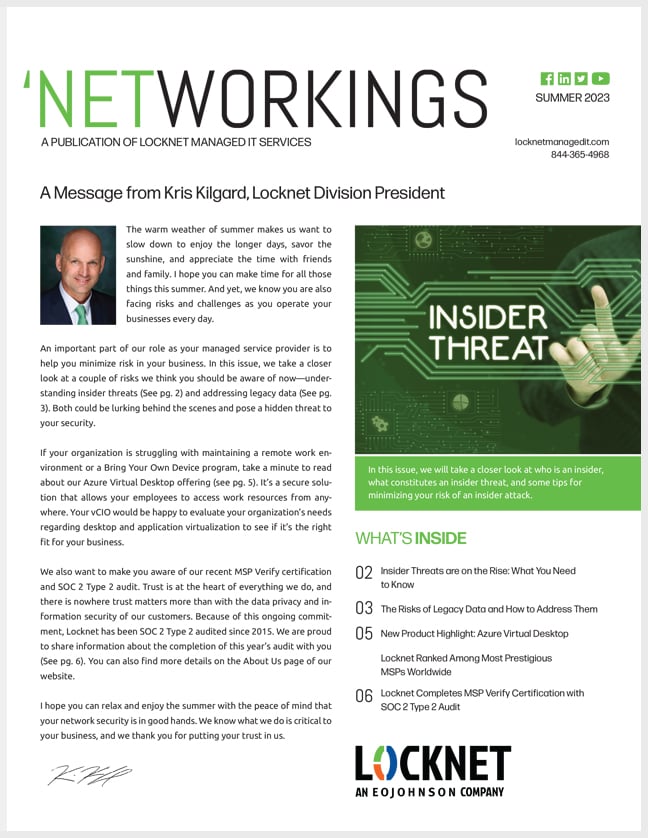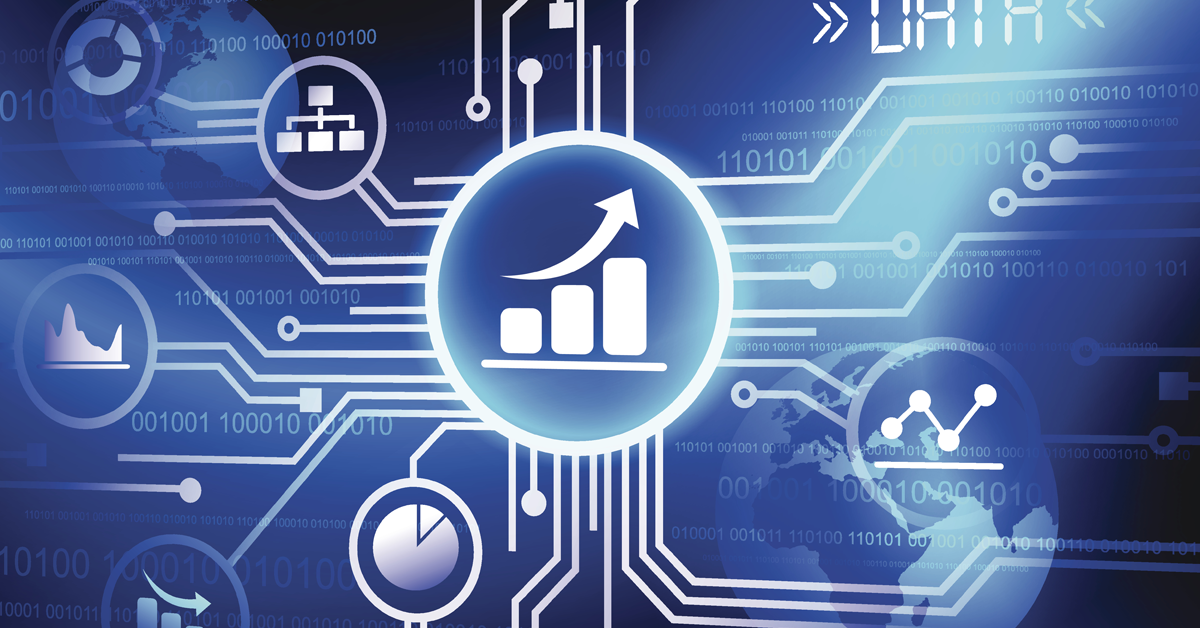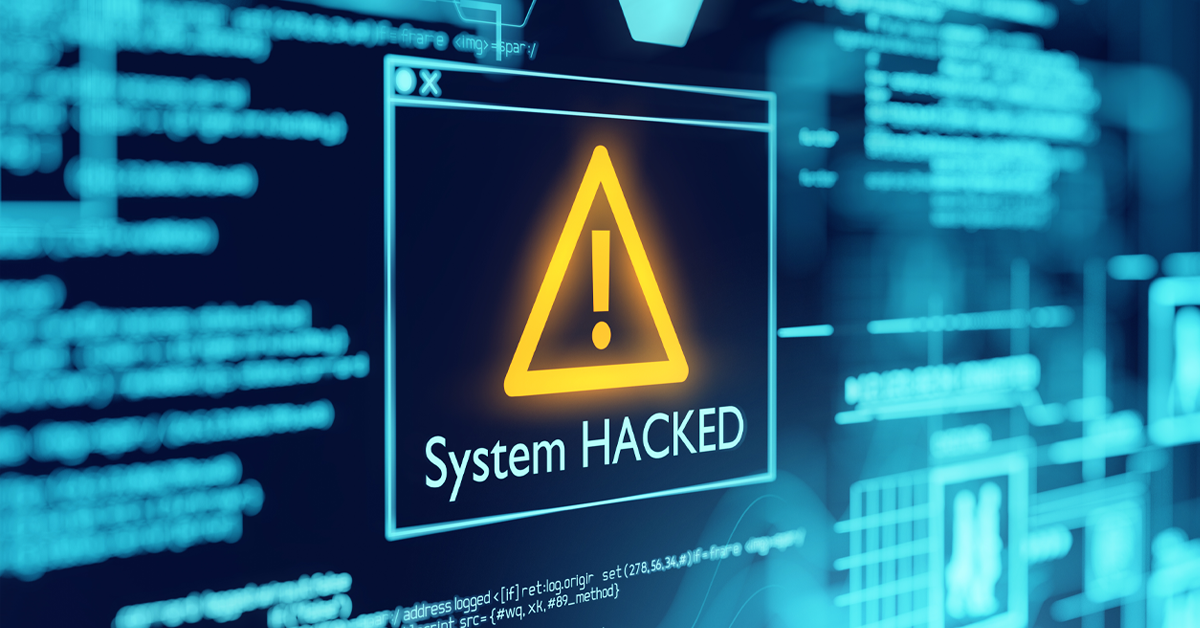The top cyber threats to businesses over the past year
For leaders in business, anticipating and understanding risk is vital to the long term success, and survival, of the enterprise. Through 2020, as if business leaders didn’t have enough to worry about, cybercrime risk increased for businesses, with concerns centered on vulnerabilities due to having a remote workforce during the pandemic and increased hacking activity. Every year Allianz assesses risk trends, and lately, cybersecurity risks rank near the top of all of their risk polls. To underscore the increasing level of this risk, just seven years ago, the cyber risk didn't even crack the top 10. For business leaders, this underscores the importance of working with a reputable IT provider to understand this risk and ensure the protection of your company, client, and workforce data.
Top cyber threats to businesses
So, what are the biggest risks to the business world in the cyber landscape today? Let's take a closer look.
Opportunism aimed at the remote workforce
Cybercriminals didn't waste any time exploiting vulnerabilities related to the shift to a work-from-home world. Transitioning, in some cases rapidly, to a remote workforce was essential for most businesses last year, but that also exposed companies to additional risk. Many businesses weren’t prepared and found themselves cobbling together hardware for their employees to take home. Even companies that were prepared found that they did not have adequate security or network policies in place for remote employees. Working with the right IT partner is key during these times. Whether you have an existing IT department that could use some support, or if your business needs a full-service partner, Locknet® Managed IT can help.
Business interruption concerns
Cybersecurity incidents can be a huge disruptor for any business, and business interruption ranks among the top concerns for companies these days. Disruption can arrive in the form of many cybersecurity incidents, most commonly in 2020 including ransomware and email hijacking. It can be caused by inadequate preventative and ongoing cybersecurity and employee errors. One misstep can cost your company, big time—and in 2020 that was a major worry for organizations knowledgeable about cyber risk. And, for good reason: in 2020 we saw disruption due to cyberattacks across multiple industries, including the public sector as well as the service industry, manufacturing, and many more. In fact, it would be hard to find a sector that was not affected by cyberattacks.
Ransomware takes the lead
When it comes to cyber losses, ransomware still takes the lead. We've even seen ransomware attacks in our Midwest backyard (Wisconsin, Iowa, and Minnesota) that have caused organizations to pay five-figure ransoms to attempt to get their data back, sometimes successfully but other times not. Whether an organization should ever pay a ransom is a discussion for another blog, but the fact that so many organizations feel they have to show how inadequately prepared most companies are for ransomware.
Protecting your company can mean the difference between fending off an attack and losing out. For some companies, that can mean actual losses of millions of dollars due to business interruption, as well as priceless damage to their reputation. Due to the continued success of ransomware in obtaining quick money for hackers, look for ransomware to continue to be a top threat in 2021 and beyond—which is why having the right cybersecurity training program and other mitigation efforts in place is key. Ready to get started? Contact us for information about how we can help make sure your staff is up to date on ransomware and other cyber risks, as well as best practices.
Email hijacking
Email hijacking became a popular method over the past couple of years to steal email and other accounts. If you are unfamiliar with the term, email hijacking is a way in which a hacker gains access to an email account(s) by stealing email addresses and passwords. The theft is usually staged through phishing or other social media scams where the attacker deceives their prey into revealing their credentials. This is usually accomplished by directing them to a bogus login page or tricking them into installing keylogger malware which records the victim’s keystrokes. Once the attacker has the keys to a target’s email account, they can impersonate the victim, gaining access to contacts and taking over other accounts.
Although there are many guidelines and practices that can help to reduce the risk of phishing and email hijacking, one of the best ways to prevent a cybercriminal from taking over an email account is to implement and use a multi-factor authentication solution which requires the use of a secondary authentication in addition to a password. Another solution is the use of a password manager, which eliminates the need for retaining passwords and makes it impossible for hackers to gain access to accounts through phishing.
Data breaches
Cybercriminals and their attacks are becoming increasingly more sophisticated, with mega data breaches increasing in prevalence. For highly-regulated industries, the risk is even greater because of potential financial damages and fines. Data breaches exfiltrate proprietary and confidential organization data from cloud or on-premise data centers, and use that stolen data for financial gain and/or reputation attacks against organizations. Such attacks impact millions of records, so it's no surprise that they are incredibly costly to companies whose data is stolen, both financially and with damage to their brand equity. More, we've seen a trend of litigation from stakeholders, including customers and investors, when data breaches compromise their information.
Government-sponsored attacks
In 2020, Google alone reportedly blocked more than 11,000 cyberattacks per quarter that were tied to nation-states. Those attacks included phishing attempts to attack critical infrastructure and ransomware. It is no secret that these nation-states have organized, well-funded, and well-staffed hacking programs that are used to achieve various national goals. These goals have included stealing of intellectual property, governmental espionage, and raising revenue. Fortunately, for most small and mid-enterprise businesses, while these attacks generate headlines, they are not as likely to impact these businesses as criminal ransomware or email attacks.
Protecting yourself from cybercrime in 2021
2020 has shown that threat actors are adept at pivoting their tactics to prey on current events and trends happening in the world. 2021 will likely be no different, as we will see more targeting of remote devices in the present, and likely ongoing, work-from-home landscape. This moves the “edge” down to the endpoint, putting more burden on IT to defend these devices in a non-centralized manner. Protecting your company from the many cyberthreats ahead requires diligence and preparation, as well as the right toolset combined with security intelligence. Start by partnering with an industry-leading managed service provider in Minnesota, Iowa, and Wisconsin. At Locknet® Managed IT, we're committed to keeping Your Business. Safe. In 2021 and beyond. Interested in learning more about how to protect your organization from cybercrime? Give the experts at Locknet Managed IT a call at 844-365-4968 or fill out the contact form located here.









